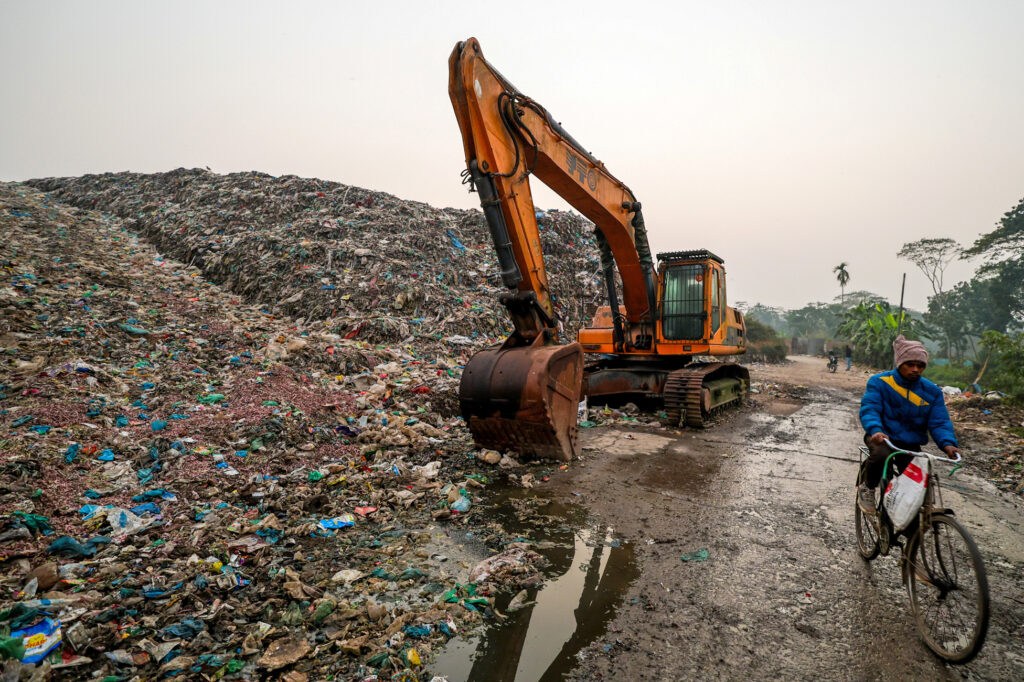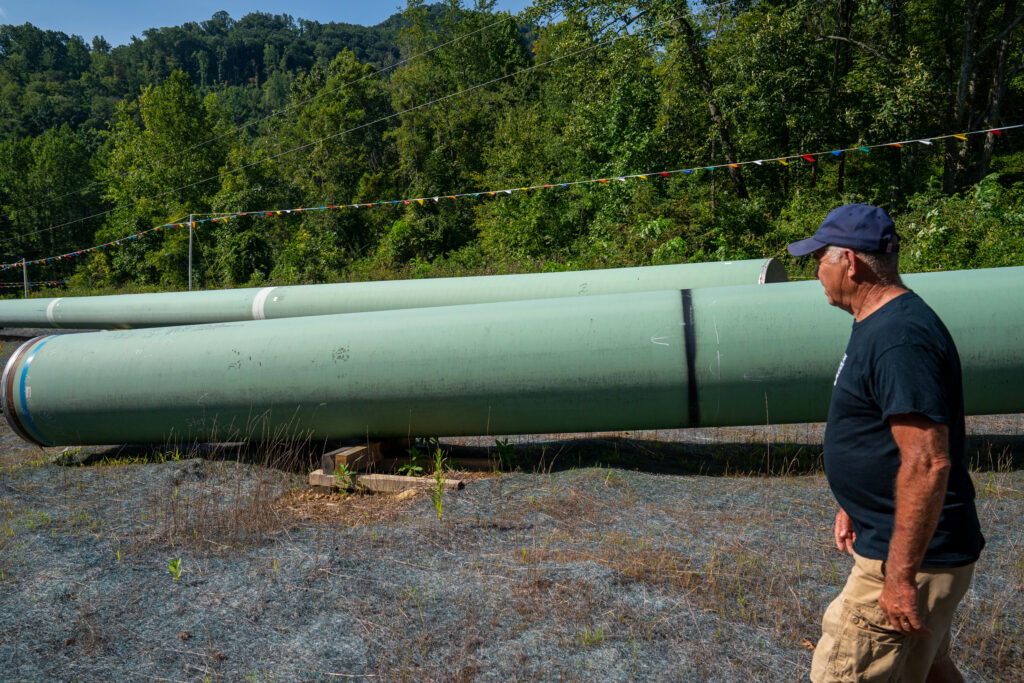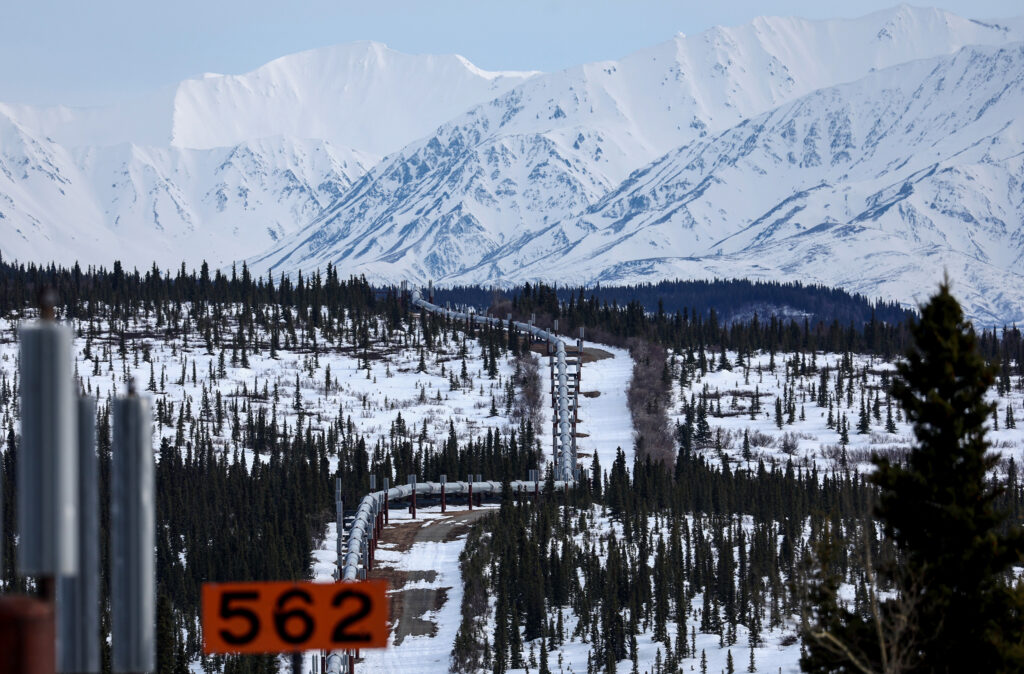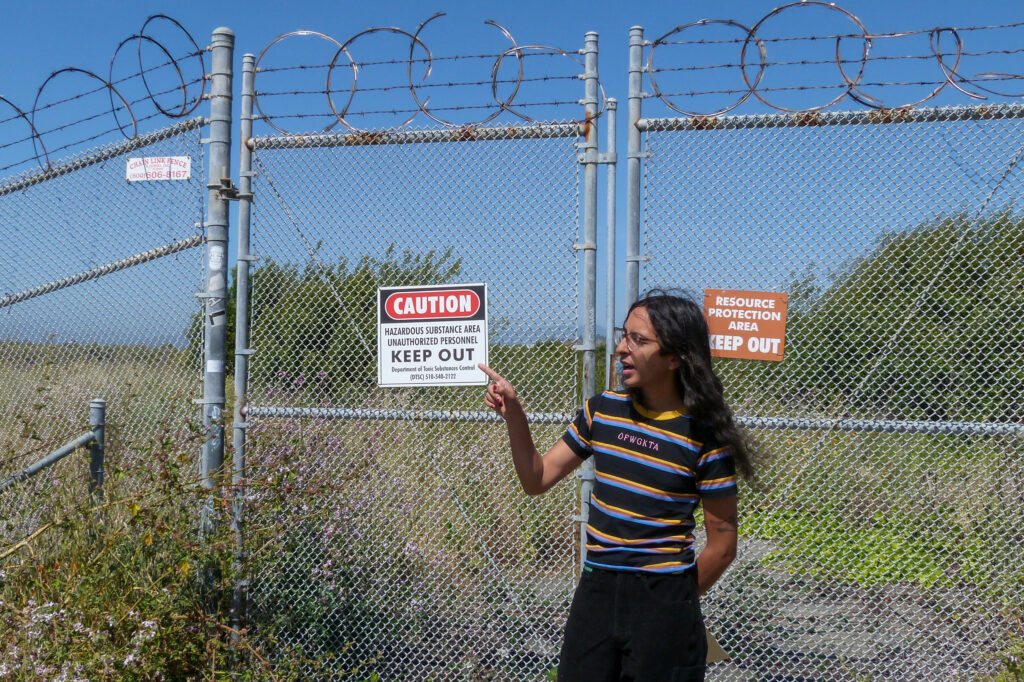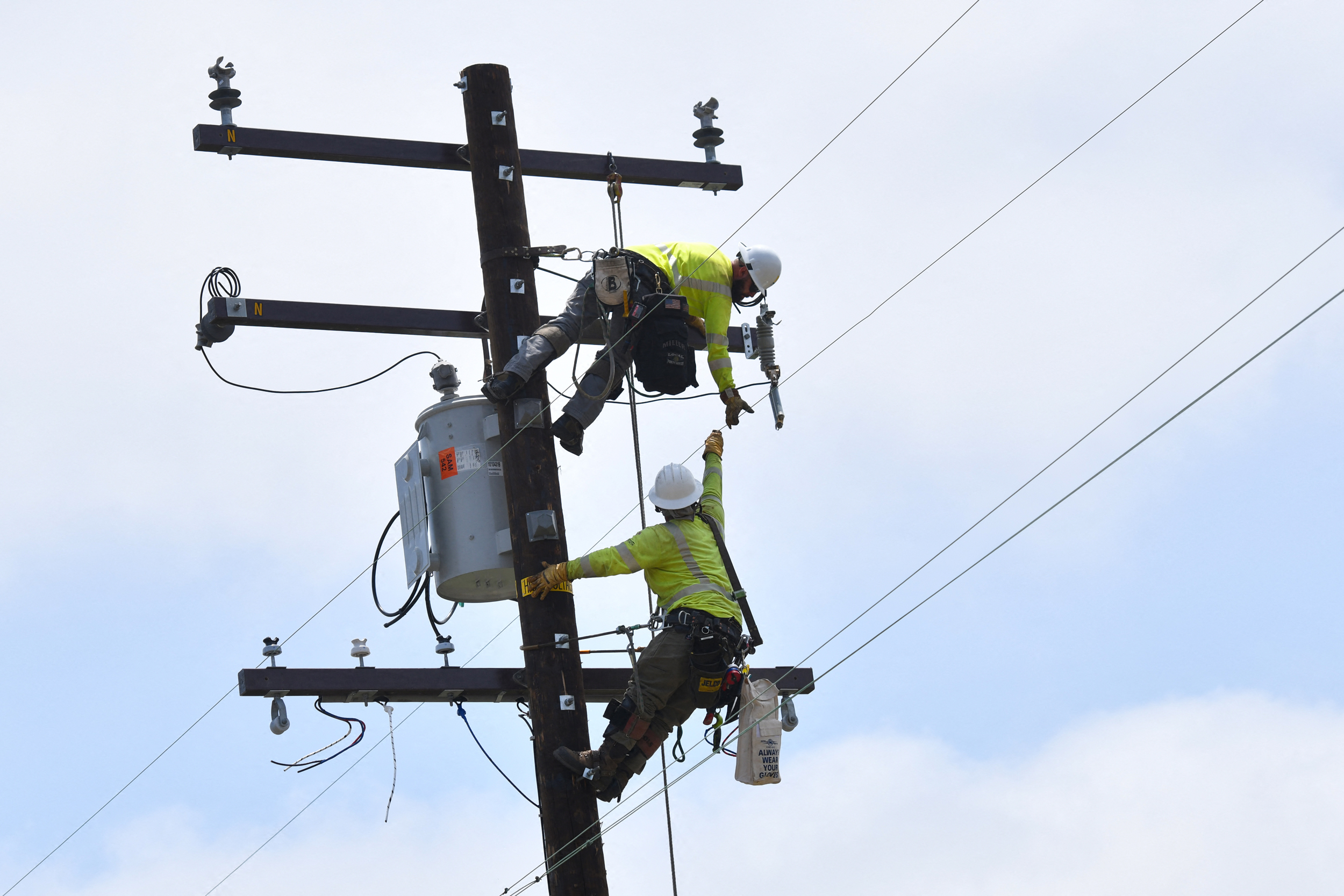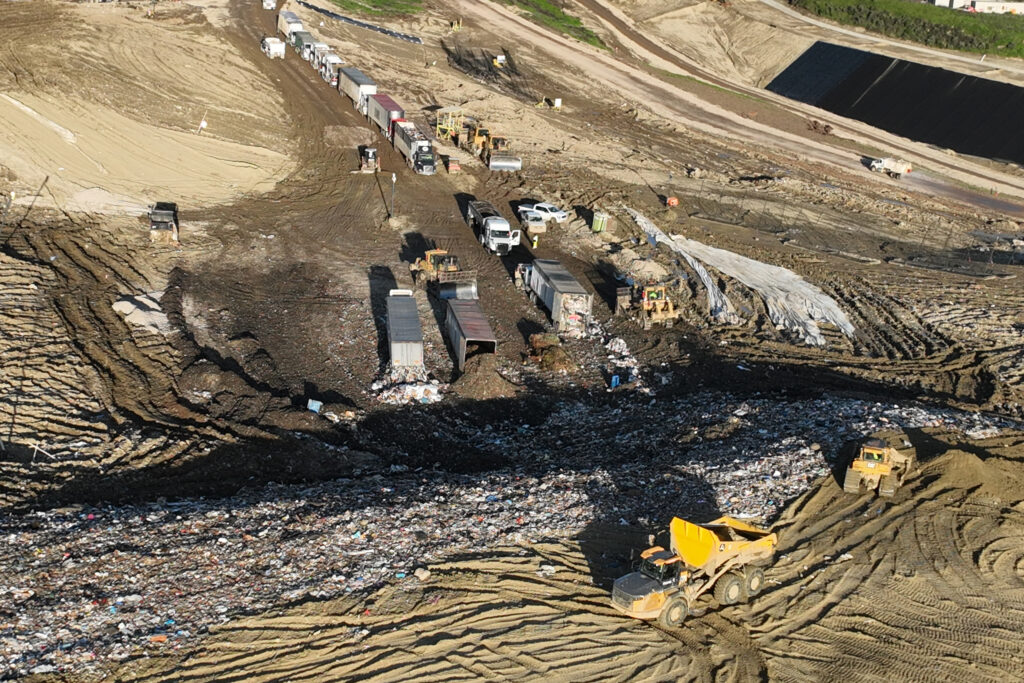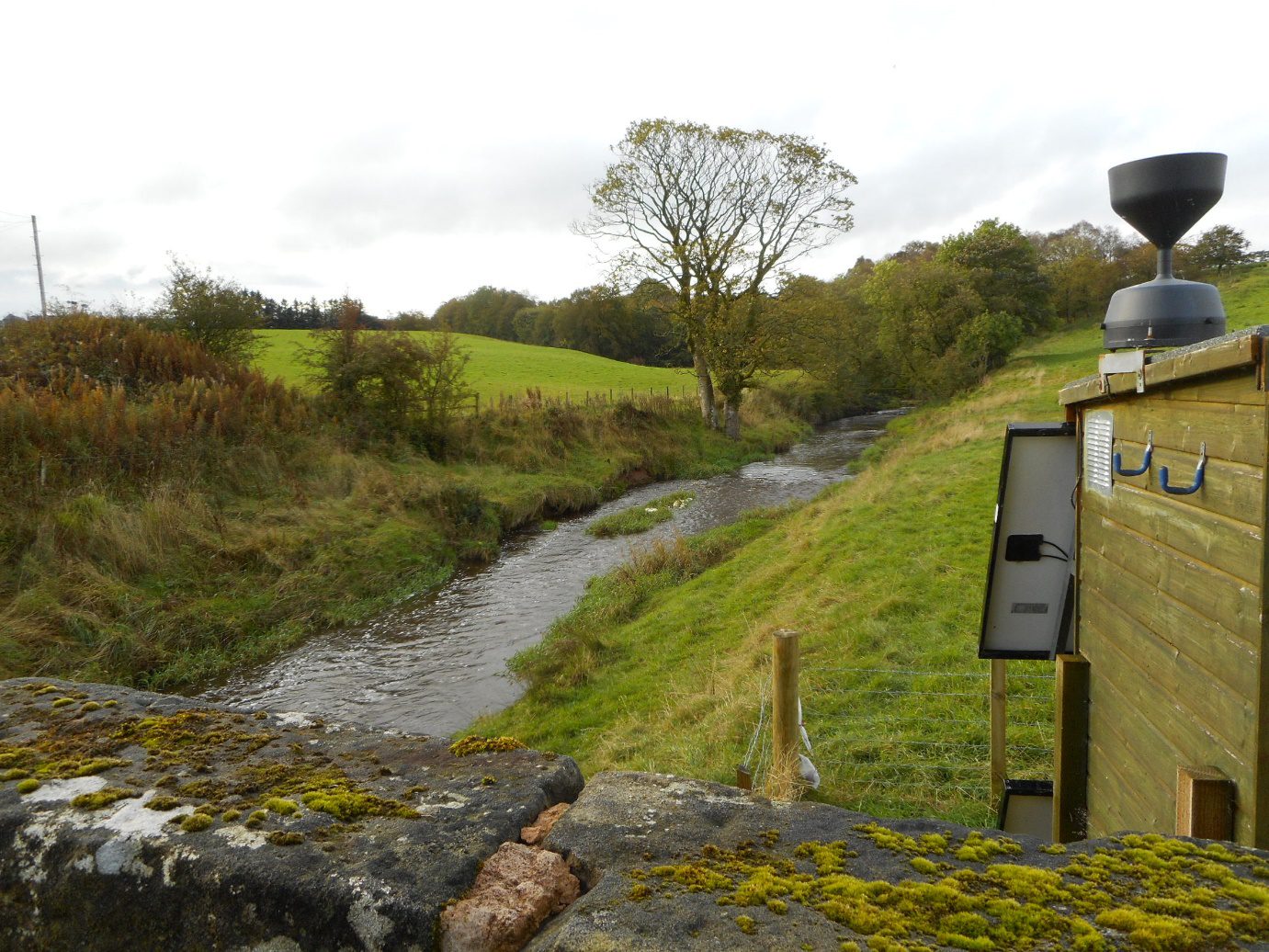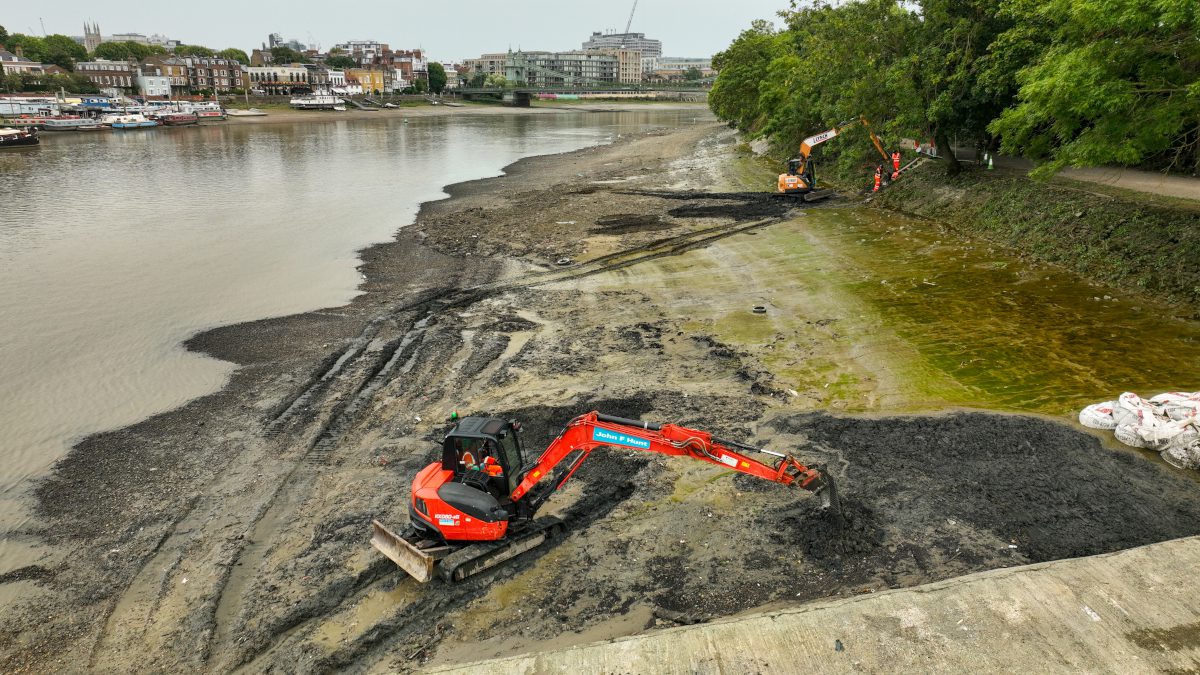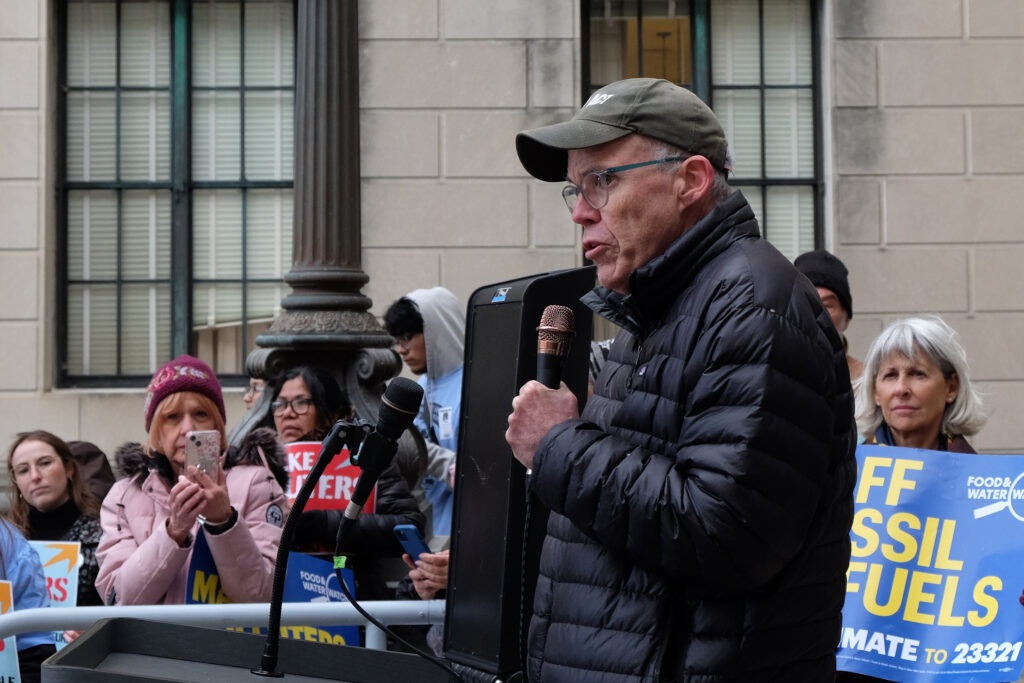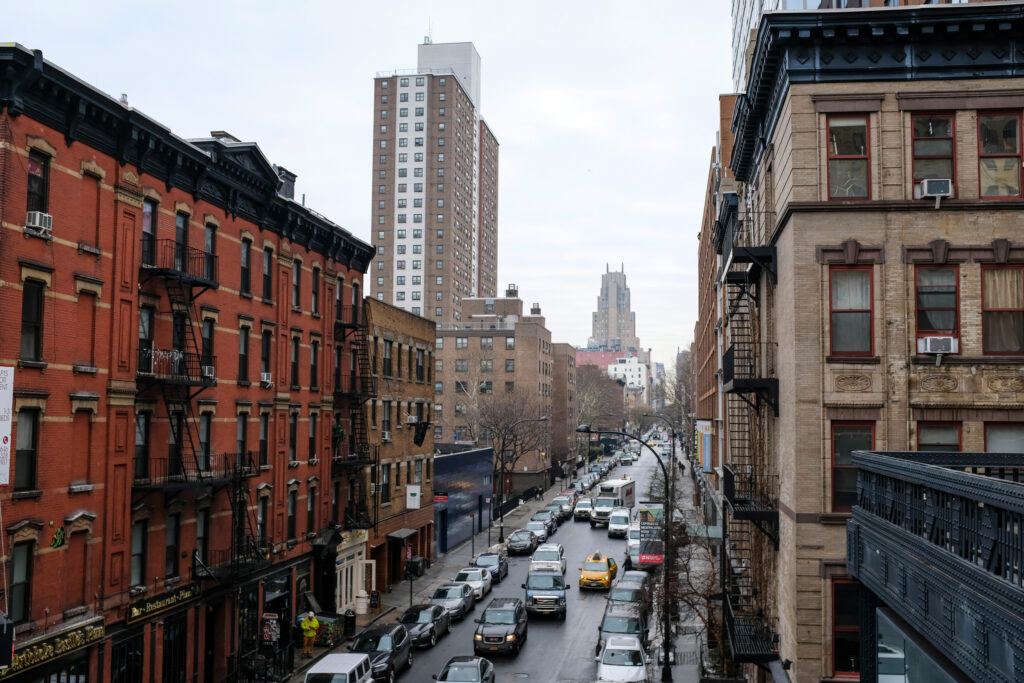National monuments, migratory birds, endangered and threatened species: Some of the nation’s most vulnerable natural resources are in jeopardy after Doug Burgum issued—on his first full day as secretary of the Department of the Interior—a seven-page directive weakening their protections to further fossil fuel development.
President Trump laid the groundwork for Burgum’s order by revoking a dozen of the Biden administration’s executive orders, including those advancing clean energy, climate change mitigation and protections of natural resources.
It’s not unusual for presidents to overturn some of their predecessors’ executive orders, but President Trump’s revocations have been vast and far reaching.
A spokesperson for the Interior Department referred questions about Burgum’s actions to the directive itself and a press release about it.
We’re hiring!
Please take a look at the new openings in our newsroom.
See jobs
On Monday, Burgum directed his assistant secretaries to ease the way for energy development on federal lands, including by reinstating all energy leases that had been canceled under the Biden administration and offering more parcels of public land for oil and gas drilling, among other pro-fossil fuel actions.
“I’m just kind of confused,” said Jamie Pleune, an associate professor and research fellow at the University of Utah’s Wallace Stegner Center for Land, Resources, and the Environment law and policy program. “They say that there’s an energy crisis, but oil production is higher than it’s ever been,” with the U.S. producing over 13 million barrels of oil a day in recent months, and millions of acres of federal land remaining available for oil and gas companies.
Alan Zibel, research director at Public Citizen, a nonprofit consumer advocacy organization, said the Interior Department under Burgum “appears inclined to shrink or sell off public lands to fossil fuel interests and mining companies, while making expansion of renewable energy more difficult. This isn’t technology-neutral ‘energy abundance,’ it’s a blatant giveaway to the fossil fuel interests who were generous benefactors to Trump’s campaign.”
Stripping Protections From Public Lands
At risk under Burgum’s order are public lands that have been withdrawn from mining, oil and gas development—including the nation’s national monuments, which, despite being extremely popular with the American public, have elicited scrutiny from Republicans in recent years for their protection of wide open spaces and culturally significant sites from development.
The order calls on the Interior’s assistant secretaries to identify in their action plans how to accomplish “actions to review and, as appropriate, revise all withdrawn public lands” under the Antiquities Act of 1906, the law that allows presidents to create national monuments, and the Federal Land Policy and Management Act of 1976, which outlines how federal lands can be used and allows for the establishment of national wildlife refuges and more.
During his last administration, President Trump shrank the Bears Ears and Grand Staircase-Escalante national monuments in southern Utah, created during the Obama and Clinton administrations, respectively, to fractions of their original expanses. President Joe Biden quickly restored them to their initial sizes after he took office. Trump and Burgum have both signaled those monuments—which supporters cite as culturally important to local tribes who advocated for their creation and vital for local wildlife—could be shrunk again, and Utah Republicans have attacked Bears Ears and Escalante for curtailing mining and drilling in the areas they protect.

Polling has shown the American public support national monuments, including the creation of new ones, and environmental groups have signaled they will challenge any attempt to strip protections of the nation’s public lands.
“We’re at a time when preserving biodiversity and preserving intact landscapes and protecting against climate change should be at the absolute forefront of our policy and decision making,” said Tom Delehanty, senior attorney with Earthjustice, which sued the Trump administration for its rollback of national monuments in 2017 on behalf of other environmental groups and tribes. “These policies do exactly the opposite of that. It would risk reducing biodiversity. It would risk ruining landscapes. It would risk ruining people’s ability to go and enjoy nature and engage in cultural practices that they’ve engaged in for eons.”
Delehanty said Earthjustice would renew its legal challenge if those monuments—or others—were downsized or eliminated. “We will keep fighting to defend these beautiful places,” he said.
“Mindless Attack” on Migrating Birds, Endangered Plants
Secretary Burgum’s order would also weaken protections for migratory birds, whose numbers are declining because of climate change, disease, changes in land use and habitat loss.
In North America, there are 3 billion fewer birds now than in 1970, according to federal documents. The populations of many of the 1,093 species protected under the Migratory Bird Treaty Act are also declining.
This story is funded by readers like you.
Our nonprofit newsroom provides award-winning climate coverage free of charge and advertising. We rely on donations from readers like you to keep going. Please donate now to support our work.
Donate Now
The intention of the Migratory Bird Treaty Act is to curb those losses by prohibiting the accidental killing and incidental takes—killings that are unintentional but not unexpected—of protected birds.
In his first term, President Trump weakened the MBTA to prohibit only deliberate killings of migratory birds, not incidental takes. The rule benefited business, development and energy companies because it “significantly reduced the activities that would result in liability,” according to the National Law Review. For instance, ponds of toxic waste that accidentally poison birds were no longer subject to the act’s restrictions.
The Biden administration rescinded the Trump rule and restored some protections for migratory birds while granting several exemptions for incidental takes.
The latest order would reinstate the rules implemented during the first Trump administration.
The U.S. Fish and Wildlife Service declined to comment.
“Burgum is on his way to becoming the worst Interior Secretary in history with this mindless attack on America’s endangered plants and animals and our irreplaceable wildlands,” said Noah Greenwald, endangered species director at the Center for Biological Diversity. “Even as imperiled species dwindle and vanish across America, this order will fan the flames of the extinction crisis. Americans don’t want to wipe out wildlife or pour gasoline on the climate emergency, but Burgum and Trump seem determined to burn it all down anyway.”
North Carolina is in the Atlantic Flyway, and migratory birds, like warblers, hawks and tundra swans alight each spring and fall from the state’s mountains to its coastline. Lake Mattamuskeet in eastern North Carolina is renowned for the thousands of migratory birds that overwinter there each year.
In the West, Secretary Burgum’s order could imperil the Greater Sage-Grouse, which, while not a migratory bird, is a threatened species on the verge of becoming endangered. “A big part of that has been mineral withdrawals on public lands in the inner Mountain West,” Greenwald said. “Some of the language in this order suggests that the mineral leasing that was halted will move forward.”
As these proposed changes go through formal rule-making, Greenwald said, they will likely be subject to lawsuits. “We’ll certainly be watching and challenging things as they move forward,” he said.
About This Story
Perhaps you noticed: This story, like all the news we publish, is free to read. That’s because Inside Climate News is a 501c3 nonprofit organization. We do not charge a subscription fee, lock our news behind a paywall, or clutter our website with ads. We make our news on climate and the environment freely available to you and anyone who wants it.
That’s not all. We also share our news for free with scores of other media organizations around the country. Many of them can’t afford to do environmental journalism of their own. We’ve built bureaus from coast to coast to report local stories, collaborate with local newsrooms and co-publish articles so that this vital work is shared as widely as possible.
Two of us launched ICN in 2007. Six years later we earned a Pulitzer Prize for National Reporting, and now we run the oldest and largest dedicated climate newsroom in the nation. We tell the story in all its complexity. We hold polluters accountable. We expose environmental injustice. We debunk misinformation. We scrutinize solutions and inspire action.
Donations from readers like you fund every aspect of what we do. If you don’t already, will you support our ongoing work, our reporting on the biggest crisis facing our planet, and help us reach even more readers in more places?
Please take a moment to make a tax-deductible donation. Every one of them makes a difference.
Thank you,






